Colombian food is a colorful adventure that tells the story of this diverse country through its flavors. From hearty mountain stews to tropical coastal delights, each region offers unique dishes that reflect local traditions and ingredients. Whether you’re planning a trip or just want to expand your food horizons, these Colombian specialties will take your taste buds on an unforgettable journey.
1. Arepa: Colombia’s Daily Bread
Golden, round, and endlessly versatile, arepas are the backbone of Colombian cuisine. These cornmeal cakes might look simple, but they’re deeply woven into everyday life across the country.
Depending on where you are in Colombia, arepas take on different personalities. In Antioquia, they’re often plain and accompany most meals, while coastal arepas might be stuffed with egg or cheese. In Bogotá, you’ll find them topped with butter and salt for breakfast.
The beauty of arepas lies in their adaptability – they can be grilled, baked, or fried, then split open and filled with anything from scrambled eggs to shredded beef. Many Colombian families start their day making fresh arepas, filling the kitchen with their distinctive toasty corn aroma.
2. Bandeja Paisa: A Feast on a Plate
Originating from the mountainous Antioquia region, Bandeja Paisa isn’t just a meal—it’s a challenge! This massive platter showcases the hearty appetite of the Paisa people and has become Colombia’s unofficial national dish.
Every component plays a crucial role: red beans cooked with pork, white rice, ground beef, chicharrón (crispy pork belly), fried plantains, avocado, a fried egg (sunny-side up), and an arepa. The combination creates a perfect balance of textures and flavors that sustain hardworking farmers through long days.
Locals say you haven’t really experienced Colombian food until you’ve conquered a Bandeja Paisa. Most restaurants serve this dish for lunch, when Colombians typically eat their largest meal of the day.
3. Ajiaco: Bogotá’s Signature Soup
When fog rolls over the Andean mountains surrounding Bogotá, locals turn to ajiaco for comfort. This thick, hearty soup captures the essence of Colombia’s capital city in every spoonful.
What makes ajiaco special is the combination of three different types of potatoes that slowly dissolve to create its unique creamy texture. Corn on the cob adds sweetness, while shredded chicken provides substance. The secret ingredient, however, is guasca – an herb with a grassy, artichoke-like flavor that gives ajiaco its distinctive taste.
Traditionally served in a clay pot, ajiaco comes with sides of rice, capers, cream, and avocado that diners add according to taste. On Sundays, Bogotá families gather at restaurants specializing in this beloved soup, making it as much a social tradition as a culinary one.
4. Sancocho: The Soul-Warming Stew
Found in homes across Colombia, sancocho is the country’s ultimate comfort food. This hearty stew varies from region to region, adapting to local ingredients while maintaining its soul-warming essence.
The coastal version might feature fish or seafood, while inland recipes typically use chicken, beef, or even a combination of meats. What remains consistent are the abundant root vegetables – yuca, plantains, potatoes, and corn – that make sancocho so filling and nutritious.
Families often prepare massive pots of sancocho for Sunday gatherings, letting it simmer slowly while everyone socializes. The stew is traditionally served with white rice, avocado, and ají (spicy sauce) on the side. Many Colombians swear that sancocho has healing properties, making it the go-to meal when someone feels under the weather.
5. Empanadas: Handheld Flavor Bombs
Walk down any Colombian street and you’ll spot vendors with steaming trays of empanadas – the country’s favorite snack. These golden half-moon pastries have fed hungry Colombians for generations, from schoolchildren to late-night revelers.
Unlike their South American cousins, Colombian empanadas feature a distinctive yellow cornmeal crust that’s crispy outside and soft inside. The filling varies by region but typically includes ground beef or shredded chicken mixed with potatoes, onions, and spices. The magic happens when you dip them in ají, a fresh salsa made with cilantro, onions, and hot peppers.
Empanadas play a central role in Colombian social life. They appear at parties, sporting events, and as afternoon snacks with coffee. Their portable nature makes them perfect for eating on the go, explaining why empanada stands pop up near bus stations and busy intersections.
6. Tamales: Festive Parcels of Tradition
Christmas morning in Colombia often begins with the unwrapping of tamales – not just gifts. These banana leaf-wrapped bundles represent centuries of culinary tradition and family gatherings.
Colombian tamales differ significantly from their Mexican counterparts. The masa (corn dough) is much softer and moister, often cooked with broth and colored with achiote. Inside this flavorful dough hides a treasure of ingredients: chicken, pork, vegetables, chickpeas, and sometimes hard-boiled eggs or olives.
Each region proudly defends its tamale style. Tolima’s are rectangular with rice instead of corn masa, while Santander’s version comes wrapped in bijao leaves. Making tamales is typically a family affair, with multiple generations gathering to assemble dozens at once. The process takes hours, but Colombians will tell you the shared experience makes the flavor even more special.
7. Changua: The Andean Breakfast Bowl
Morning mist still hangs over Bogotá when locals sit down to bowls of changua, a humble breakfast soup that’s sustained Andean communities for generations. This simple combination of milk, water, and eggs might seem strange to foreigners but represents pure comfort to Colombians from the highlands.
Preparation begins by simmering milk with water, scallions, and a touch of cilantro. Just before serving, eggs are carefully cracked directly into the hot liquid where they poach to perfection. The final touch is a handful of stale bread cubes and fresh cilantro.
Changua’s origins trace back to indigenous Muisca traditions, later adapted with European ingredients during colonial times. Grandmothers insist it prevents colds and provides energy for the day ahead. In modern Colombian homes, it remains the perfect remedy for chilly mountain mornings or late nights out.
8. Lechona: The Celebration Centerpiece
When Colombians have something important to celebrate, lechona often takes center stage. This magnificent dish from Tolima features a whole pig stuffed with a savory mixture, then slow-roasted for hours until perfection.
The stuffing is what makes lechona special – yellow rice cooked with peas, green onions, and spices absorbs all the delicious juices from the pork as it cooks. The pig roasts until the skin turns into crispy chicharrón, creating a delightful contrast with the moist filling. Preparing lechona requires serious skill, with specialized cooks (lechoneros) often handling this important task.
Served at weddings, birthdays, and holidays, lechona brings people together around the table. Each guest receives a portion containing both the crispy skin and the flavorful rice stuffing. In Tolima, locals enjoy their lechona with a side of achiras (cheese biscuits) and cold beer.
9. Mote de Queso: Cheese Soup from the Coast
Along Colombia’s Caribbean coast, where tropical heat dominates, mote de queso offers surprising comfort. This unusual soup marries two humble ingredients – yams and cheese – creating something greater than the sum of its parts.
Local cooks begin by simmering chunks of name (a starchy white yam) until soft, then mashing some pieces while leaving others whole for texture. The magic happens when costeño cheese – a salty, crumbly local variety – melts into the broth, creating strings of cheese with each spoonful. Garlic, onions, and lime juice brighten the rich flavors.
Mote de queso tells the story of coastal Colombia’s resourcefulness, turning simple ingredients into something extraordinary. Traditionally eaten for lunch with a side of white rice and avocado, this soup demonstrates how deeply cheese is woven into the coastal Colombian identity. Many families pass down their specific recipe through generations.
10. Cazuela de Mariscos: The Ocean in a Bowl
The rhythmic waves of Colombia’s coastline inspire cazuela de mariscos, a seafood stew that captures the essence of tropical beaches in every spoonful. This luxurious dish showcases the Pacific and Caribbean’s bounty in a coconut-infused broth.
Fishermen bring their morning catch directly to coastal restaurants, where chefs combine shrimp, clams, mussels, crab, and fish with coconut milk, achiote for color, and aromatic vegetables. The result is a vibrant orange stew with complex flavors – sweet from the coconut, savory from the seafood, with a hint of acidity from lime juice.
Traditionally served in a clay pot with coconut rice and patacones (fried plantains) on the side, cazuela de mariscos represents celebration and abundance. Coastal families gather around this dish for special occasions, though tourists can find it year-round at beachside restaurants where the seafood arrives fresh daily.
11. Chicharrón: Crispy Pork Perfection
The crackling sound of chicharrón frying announces one of Colombia’s most beloved indulgences. This simple yet irresistible dish consists of pork belly slow-cooked until the skin becomes shatteringly crisp while the layers of meat and fat beneath remain juicy and tender.
Making proper chicharrón requires patience. Cooks first boil the pork belly with spices, then dry it thoroughly before frying. The magic happens during this final stage, as the skin bubbles and transforms into a crunchy golden shell. The contrasting textures – crispy exterior and succulent interior – create the perfect bite.
While chicharrón stars in Bandeja Paisa, Colombians enjoy it in many contexts. Street vendors sell pieces wrapped in paper as snacks, while weekend meals might feature chicharrón with arepas and hogao (tomato-onion sauce). The leftover fat often becomes the base for cooking beans, ensuring nothing goes to waste.
12. Patacones: Twice-Fried Plantain Discs
Green plantains transform into golden discs of deliciousness through a two-step cooking process that Colombians have perfected over centuries. Patacones (also called tostones) showcase how simple ingredients become extraordinary through traditional techniques.
The process begins with thick slices of unripe plantain fried until softened. Each piece is then smashed flat using a wooden tool called a tostonera or the bottom of a glass, creating a disc. These discs are fried again until crispy on the outside while maintaining a tender interior.
Coastal regions serve patacones with fresh seafood or hogao sauce, while inland areas might top them with meat and cheese. Their versatility makes them perfect as sides, snacks, or even as bases for mini-sandwiches called patacón pisao. Street food vendors often serve them sprinkled with salt and garlic, creating an addictive snack that’s crispy, starchy, and satisfying.
13. Pandebono: Cheesy Cassava Bread Rings
Morning coffee breaks in Colombia often feature pandebono, warm cheese bread rings with an irresistible chewy texture. These golden treats from Valle del Cauca region have become beloved nationwide for their perfect balance of savory cheese and slightly sweet dough.
The magic of pandebono lies in its unique ingredients: cassava (yuca) flour, cheese, eggs, and a touch of sugar. The cheese – traditionally a mix of costeño and queso fresco – melts into the dough during baking, creating pockets of gooey goodness and a distinctive tangy flavor. Unlike many breads, pandebono contains no wheat flour or leavening agents.
Bakeries start producing fresh batches before dawn, filling the streets with their tempting aroma. Colombians enjoy pandebono straight from the oven when the contrast between the crisp exterior and chewy interior is most pronounced. They’re perfect for dipping into hot chocolate or coffee during the traditional merienda (afternoon snack).
14. Arroz con Coco: Sweet-Savory Coconut Rice
Along Colombia’s tropical coasts, arroz con coco transforms ordinary rice into something extraordinary. This sweet-savory side dish showcases the region’s abundant coconuts while complementing the fresh seafood that dominates coastal cuisine.
The cooking process begins unusually – coconut milk is reduced until it separates and the solids caramelize, giving the rice its distinctive speckled appearance and complex flavor. Some versions use white sugar for a sweeter profile, while others rely solely on the natural sweetness of coconut. Raisins occasionally make an appearance, adding bursts of fruity sweetness.
Traditionally paired with fried fish and patacones, arroz con coco represents the African influence on Colombia’s Caribbean food. The dish appears at everyday meals and celebrations alike. Coastal grandmothers insist that using freshly grated coconut rather than canned coconut milk makes all the difference, turning something simple into a regional treasure.
15. Salpicón: Refreshing Fruit Cocktail
When Colombia’s tropical heat becomes overwhelming, locals reach for salpicón – a vibrant fruit cocktail that’s as beautiful as it is refreshing. This colorful treat showcases the country’s incredible fruit diversity in one delicious glass.
Unlike many desserts, salpicón focuses on fresh ingredients rather than added sugars. Diced watermelon, papaya, pineapple, banana, and apple form the base, while more exotic fruits like lulo, granadilla, or guanábana might make appearances depending on season and region. The fruits swim in a light mixture of fruit juice and sometimes Colombian soda like Colombiana.
Street vendors throughout the country sell salpicón in clear cups, often topped with a scoop of ice cream or condensed milk for extra indulgence. During festivals and on hot afternoons, families gather around large bowls of homemade salpicón, celebrating Colombia’s natural bounty. Each spoonful delivers a different combination of flavors and textures.
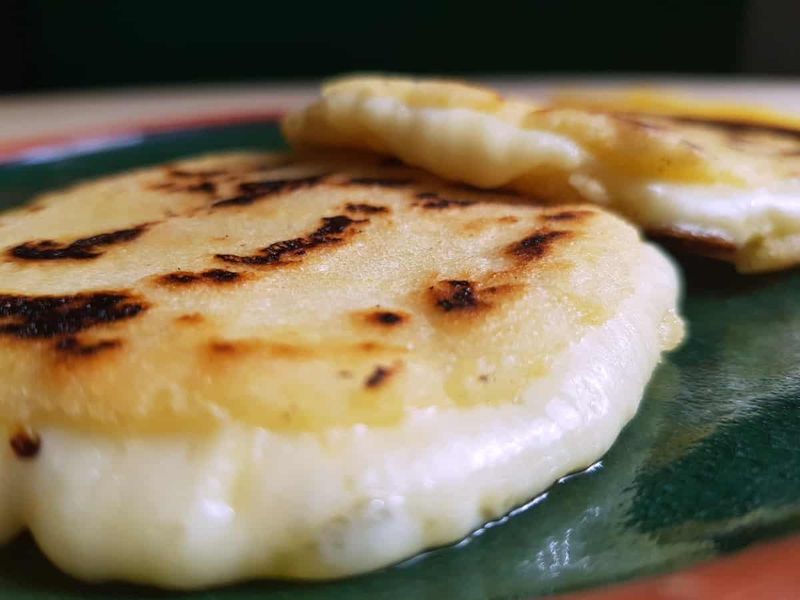
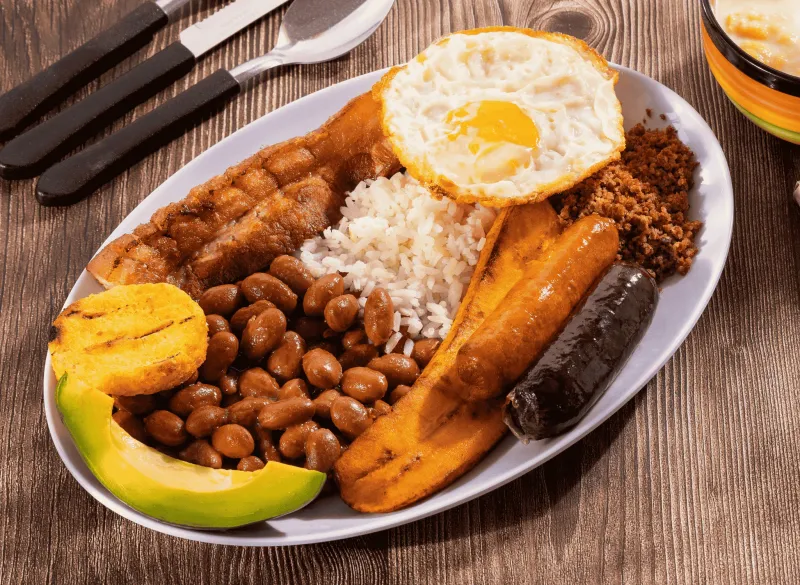
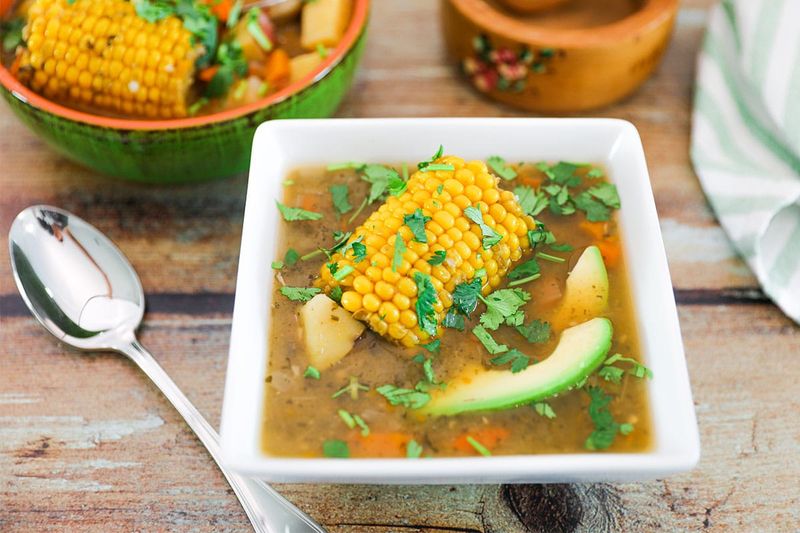
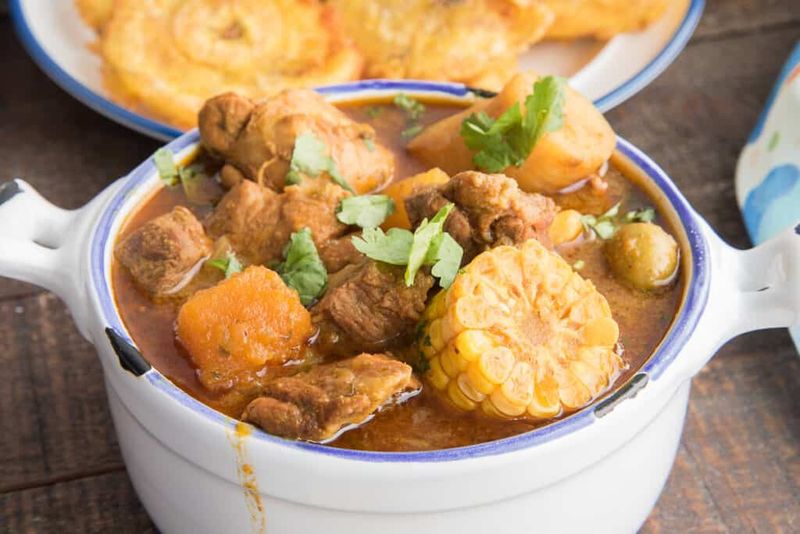
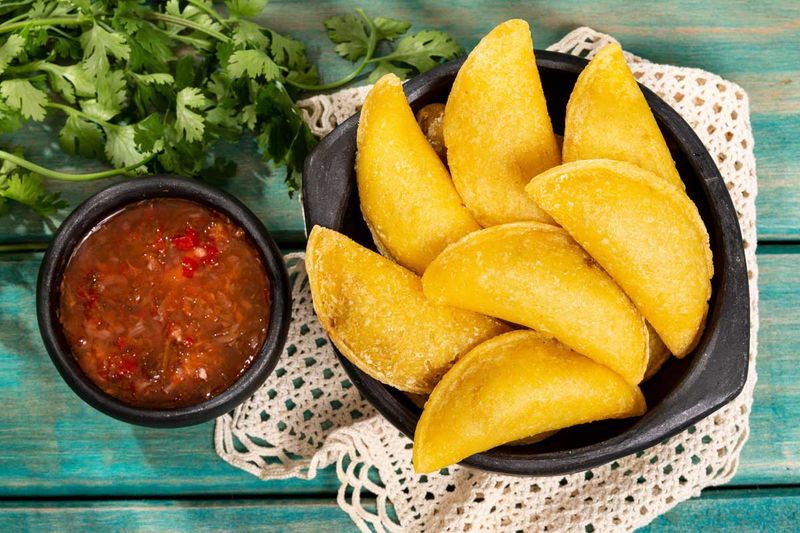
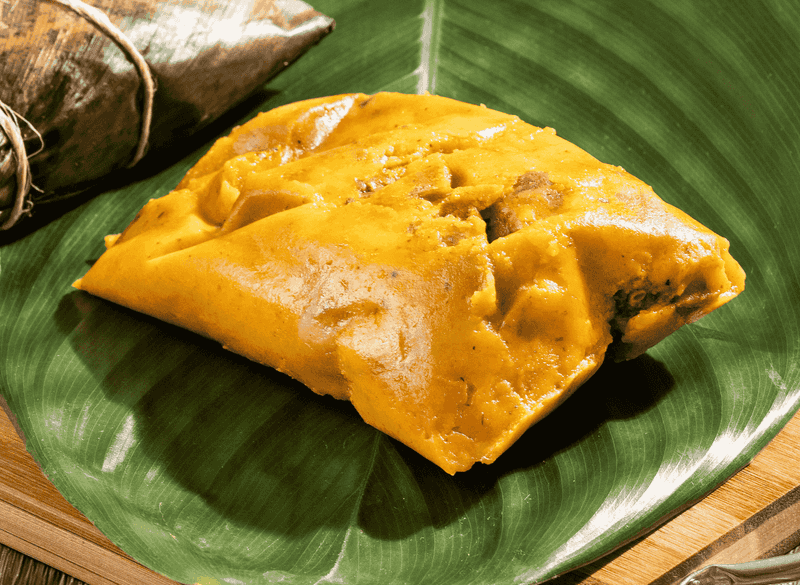
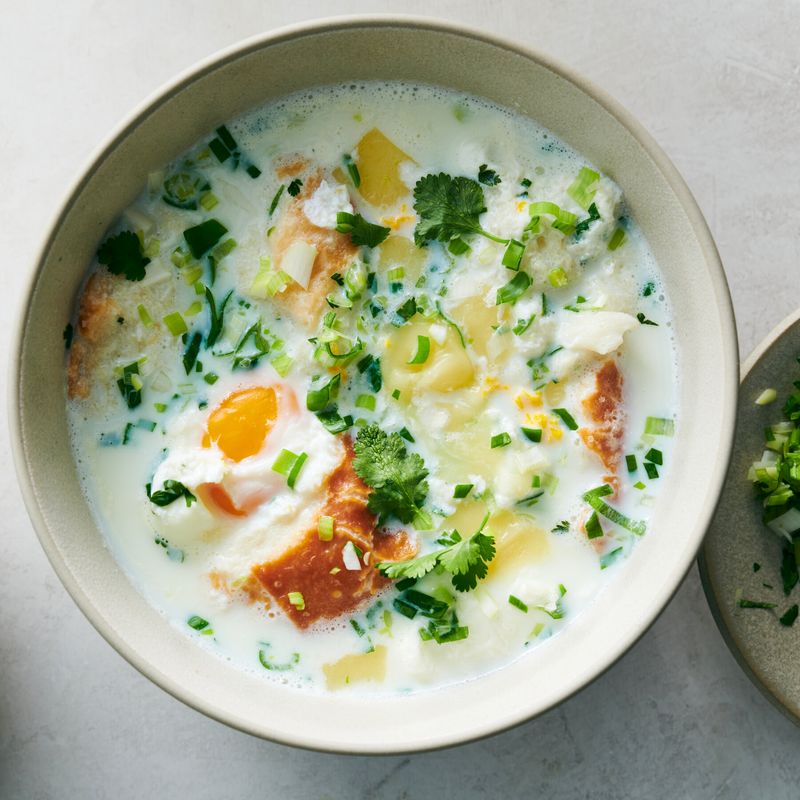
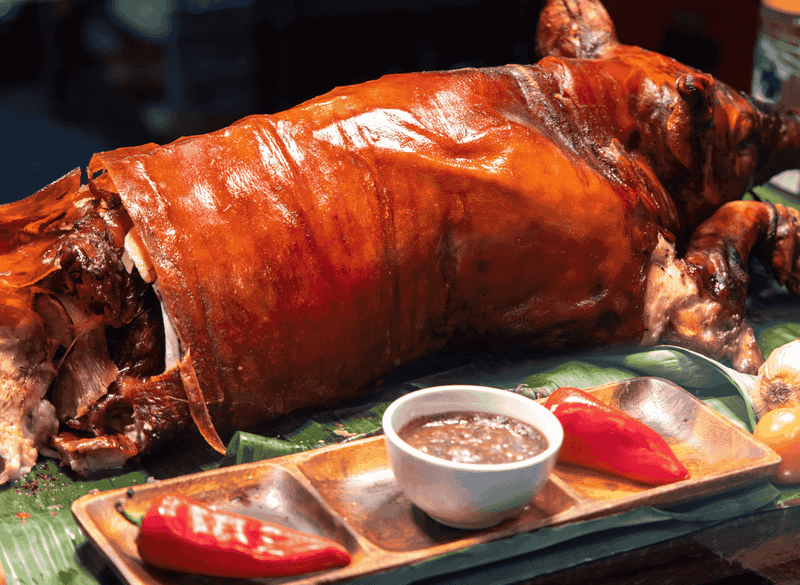
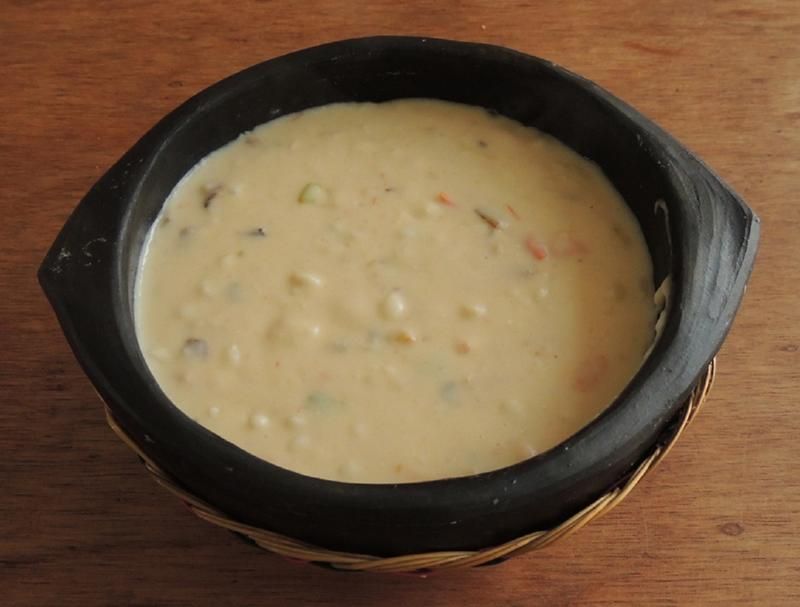
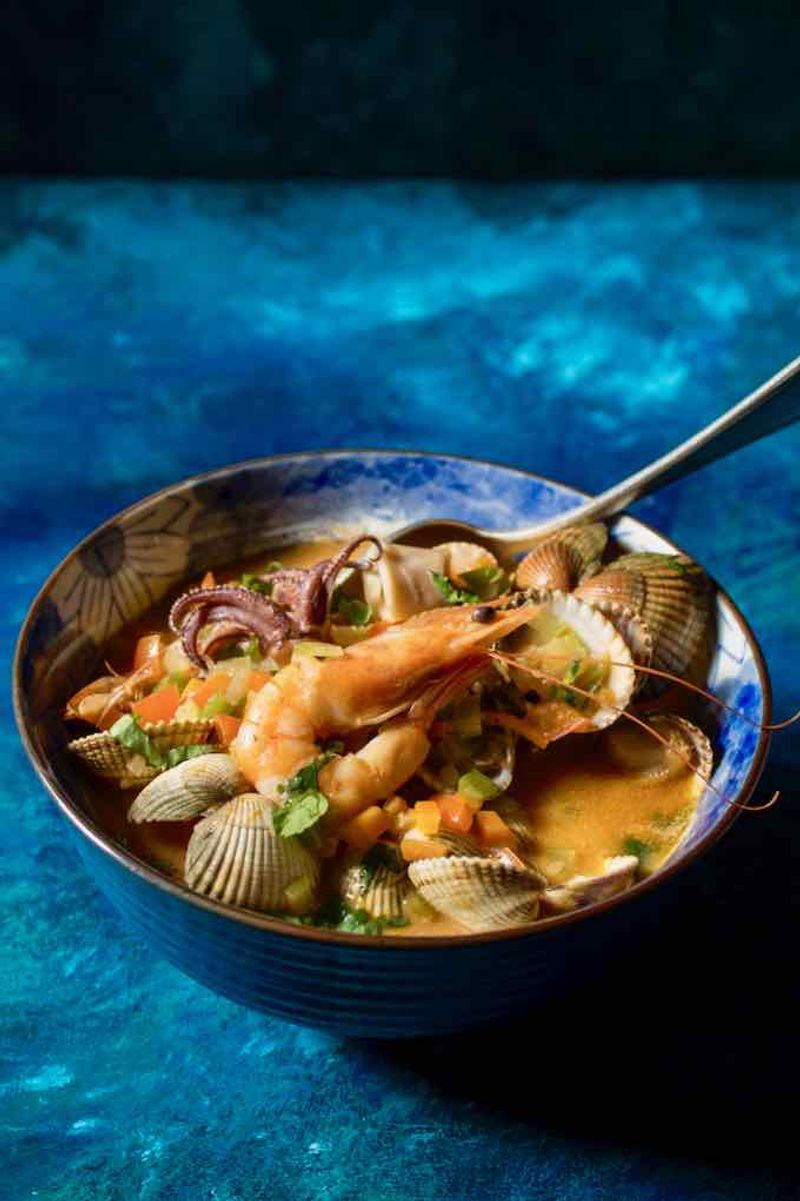
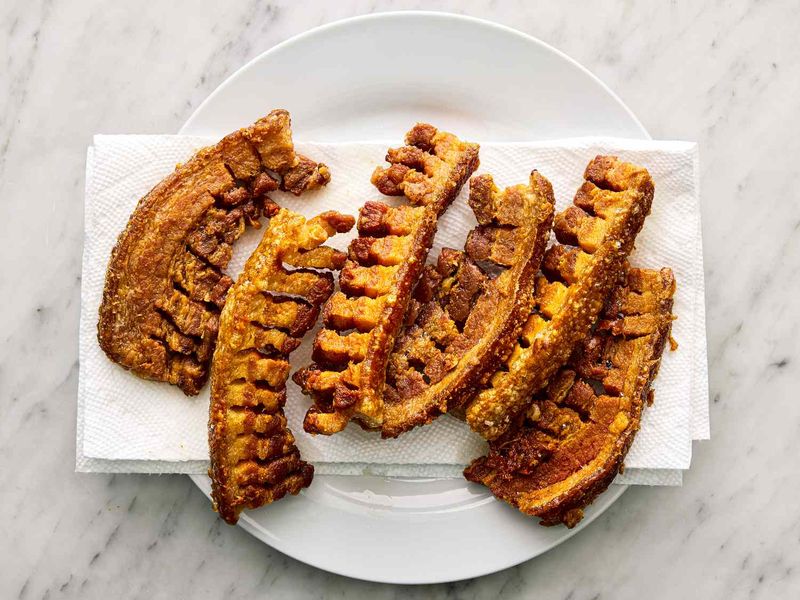


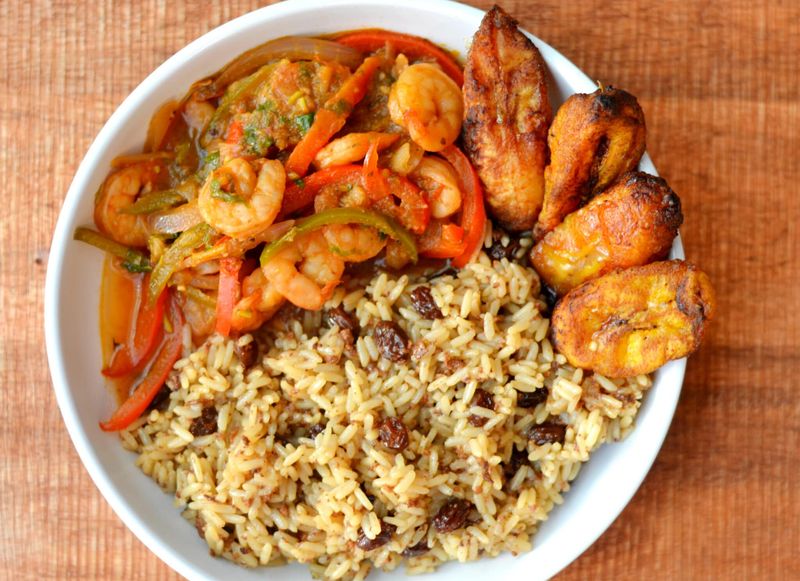
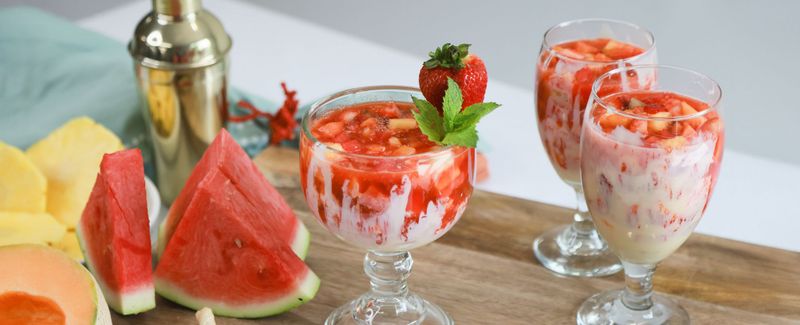
Leave a comment